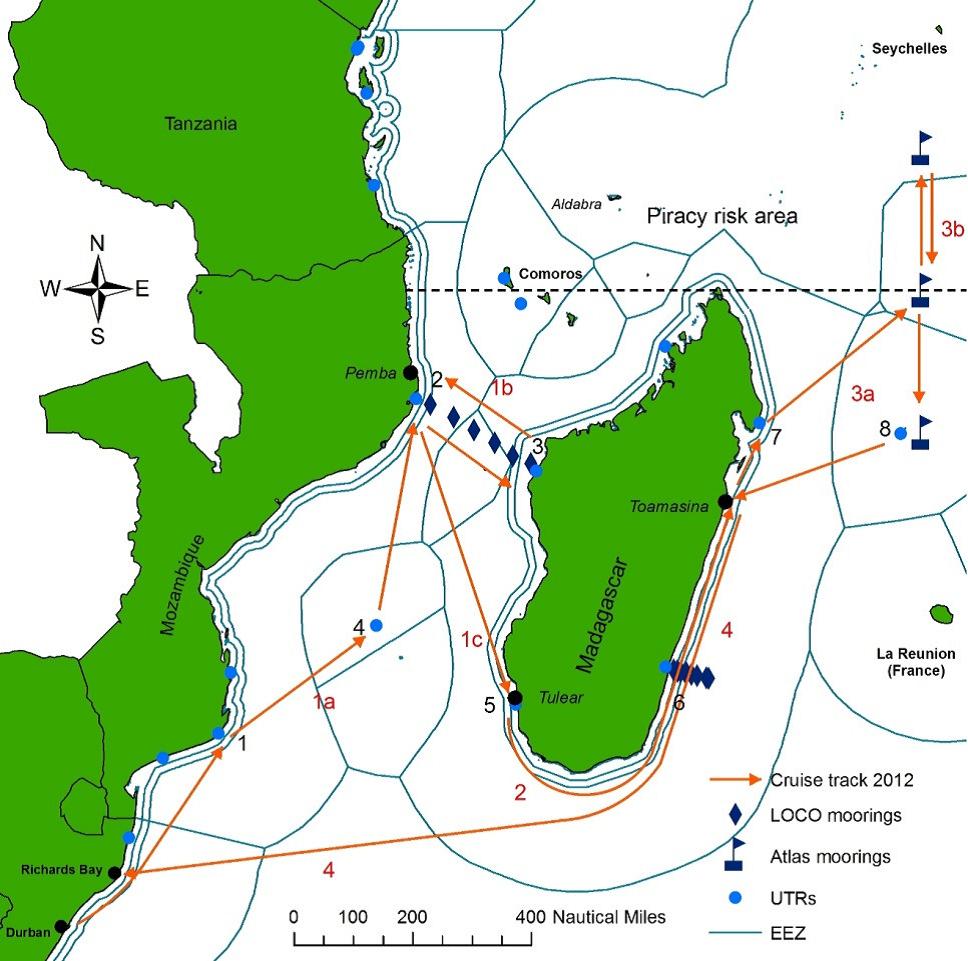by Paubert Mahatante, Roger Samba and J. Paul Getty Scholar, Toliara, Madagascar (introduction by Joanna Hudson, Blue Ventures Science Intern, London)
Introduction: This blog is written by Blue Ventures scholar, Paubert Mahatante, who was chosen to participate on a Agulhas and Somali Current Large Marine Ecosystems (ASCLME) research cruise, whose aim was to do an ecosystem assessment of the Mozambique Channel. Paubert is a Ph.D student at the IHSM in Toliara and is one of our Roger Samba and J. Paul Getty Scholarship recipients – his doctorate is looking at climate change adaption in Southern Madagascar. To have been chosen for this prestigious expedition is an important achievement for any student and so for Paubert, who not so long ago was struggling to finance his studies, this is a tremendous accomplishment. Paubert received training in the relevant survey methods and then went onto help with the surveys themselves.
The ASCLME Project undertook a Regional Alliance Cruise onboard the RV Algoa in January to March this year, in order to conduct an ecosystem assessment of the Mozambique Channel, East Madagascar current and the Mozambique Channel. At the same time, LOCO, Atlas and UTR moorings were serviced and Argo floats and satellite drifters deployed to collect a variety of data. Dozens of scientists were onboard and 3 Malagasy PhD Candidates participated in the first leg (Durban – Pemba – Toliara), as can be seen in the map above.
Information was then recorded via satellites and transferred to computers. A combination of data taken from 1992 to 2000 allowed us to establish the map, below, showing the variation of sea currents around the south tip of Madagascar.
Prior to the year 1995, recorded data from released drifters and ADCPs was unreliable and restricted. But, after this date ADCPs are functional and we completed our knowledge regarding sea surface currents in the extreme south of Madagascar – showing how strong the Aghulas currents in this part of the Indian Ocean are and also their directions.
Variation of the sea currents in the deep southern Madagascar (Source: e-WOCE database/data treated with ODV – Ocean Data View, 2012
If you want to learn more about ASCLME please use this link: http://www.asclme.org/




